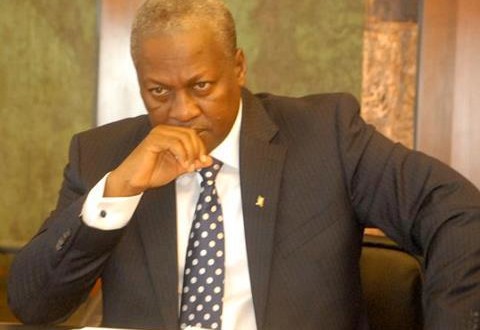 Government intends to issue more bonds in its quest to use oil and gas resources to leverage the capital markets for the development of the energy sector next year.
Government intends to issue more bonds in its quest to use oil and gas resources to leverage the capital markets for the development of the energy sector next year.
Seth Terkper, Minister of Finance, who made this known lately to Parliament, emphasized: “This last initiative will involve the issuing of energy bonds through plans that draw on synergies among the Balance Sheets of capable State-Owned Enterprises (SOEs) and the private sector.”
According to him, government was also considering the possibility of a second line of long term cocoa bonds by COCOBOD to fund its long term capital and infrastructure needs.
The Finance Minister said this formed part of Government’s new debt management strategy which had been approved by Parliament.
“Mr. Speaker, this innovative financing plan is key for the energy sector, where recent negotiations involving gas pricing and GNPC’s aggregator arrangements clearly suggest the need for strong balance sheets.
“It is in this context that we must see the relevance of the proposed energy levy in the new pricing structure and GNPC’s recent successful access to the capital markets to raise US$700 million to support infrastructure development.”
Mr Terkper noted that Government will consult and learn from the experiences of Sovereign Wealth Funds (SWFs) on the continent (e.g. Nigeria and Angola) and elsewhere, as well as start exploratory talks on financing energy and non-energy infrastructure with the newly established Global Infrastructure Fund of the World Bank and the Africa50 (Infrastructure) Fund of the African Development Bank.
Ghana’s debt-to-GDP ratio has been rising over the years. It increased from 36.3 percent in 2009 to 48.03 percent in 2012 and further to 55.53 percent in 2013. As at end September, 2014 the debt stock stood at 60.8 percent, largely on account of increase in external net disbursements for infrastructure projects and net domestic issuance and the depreciation of the cedi.
“The provisional public debt stock as at end September, 2014 stood at GH¢69,705.90 million (US$21,733.51 million). This was made up of GH¢40,644.15 million (US$12,678.62 million) and GH¢29,041.75 million (US$9,054.89 million) for external and domestic debt respectively.
He said some of the loans government contracted were used to finance major infrastructure projects in the country.